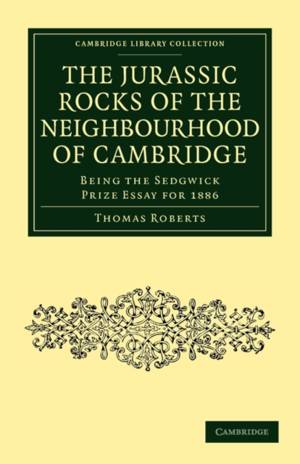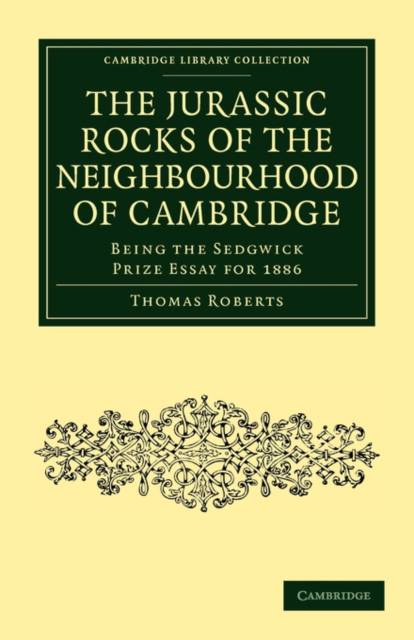
- Afhalen na 1 uur in een winkel met voorraad
- Gratis thuislevering in België vanaf € 30
- Ruim aanbod met 7 miljoen producten
- Afhalen na 1 uur in een winkel met voorraad
- Gratis thuislevering in België vanaf € 30
- Ruim aanbod met 7 miljoen producten
Zoeken
The Jurassic Rocks of the Neighbourhood of Cambridge
Being the Sedgwick Prize Essay for 1886
Thomas Roberts
€ 23,95
+ 47 punten
Omschrijving
Cambridgeshire is rich in Jurassic fossils, with ichthyosaurs having been found at Mepal and Barrington since 2000, and ammonites and belemnites occurring near Grafham Water. In the later nineteenth century, Thomas Roberts, an assistant to the Professor of Geology at Cambridge, was involved in close study of the Jurassic rocks of the district. Despite the complexity arising from troublesome local geologic discontinuities, Roberts correlated the paleontological record in the Jurassic rocks of East Anglia with that of other British and European areas. It was this kind of careful and systematic work that provided the foundation for the modern understanding of the Jurassic period and the mass extinctions at the end of the Mesozoic era. Roberts's essay was originally published posthumously in 1892, and is now reissued for a new generation of geologists and fossil-hunters.
Specificaties
Betrokkenen
- Auteur(s):
- Uitgeverij:
Inhoud
- Aantal bladzijden:
- 112
- Taal:
- Engels
- Reeks:
Eigenschappen
- Productcode (EAN):
- 9781108002936
- Verschijningsdatum:
- 20/07/2009
- Uitvoering:
- Paperback
- Formaat:
- Trade paperback (VS)
- Afmetingen:
- 140 mm x 216 mm
- Gewicht:
- 149 g

Alleen bij Standaard Boekhandel
+ 47 punten op je klantenkaart van Standaard Boekhandel
Beoordelingen
We publiceren alleen reviews die voldoen aan de voorwaarden voor reviews. Bekijk onze voorwaarden voor reviews.











